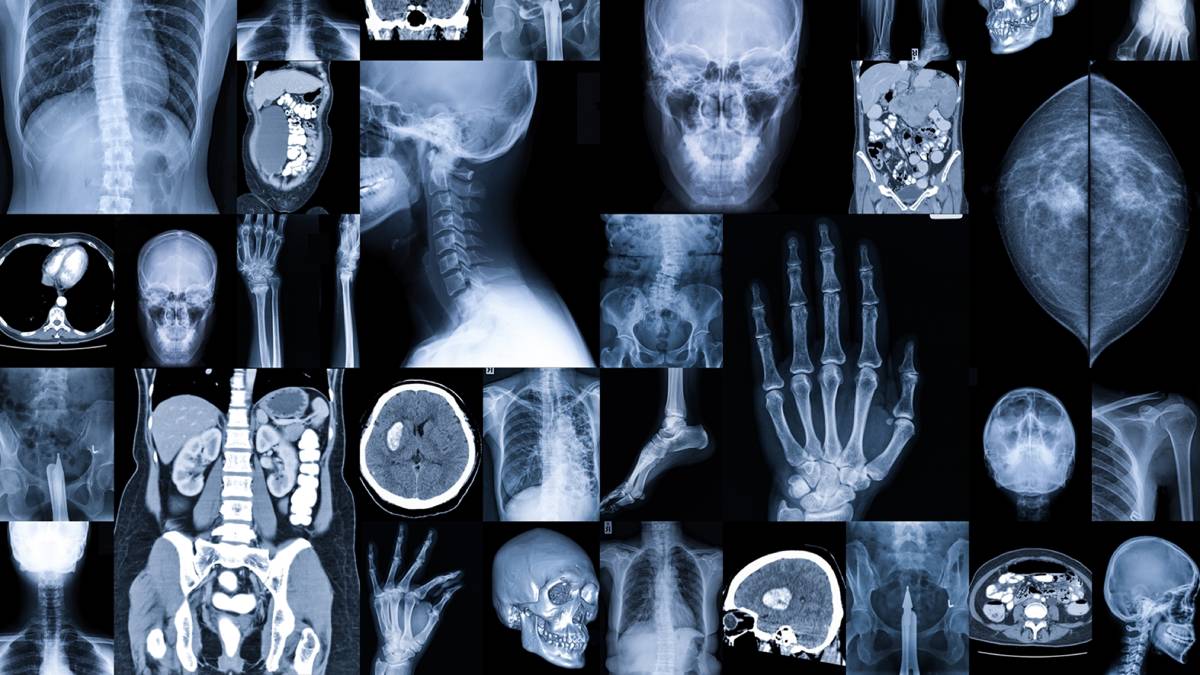Scanning technology, a modern wonder of health and science that saves countless lives, is becoming increasingly expensive in Australia as statistics reveal bulk-billing rates are essentially in reverse.
Government figures show bulk-billing rates on scans are at their lowest in a decade, with just 67.9 per cent of ultrasounds covered by Medicare in the 2023 December quarter, a 10 percentage point drop in three years.
The figures show 75.1 per cent of ultrasounds were bulk-billed in the 2019-2020 December quarter.
In the same period in 2019-20, 86.3 per cent of MRIs were bulk-billed, while the latest figure was only 78.6 per cent.
Diagnostic imaging is considered the most costly out-of-pocket expense outside treatment in hospitals.
According to ABC News, the average gap fee for a scan – which includes CTs, ultrasounds and MRIs – has gone from $84 to $120 over a decade.
Delaying treatment
Health professionals fear the costs may be forcing patients to delay vital treatment.
Australian Diagnostic Imaging Association president Dr Ron Shnier told the Sydney Morning Herald, imaging was crucial in treating a huge range of illnesses.
“Some practices simply withdraw services if bulk-billing isn’t viable and they know the local community won’t pay gaps. Ultrasound overall is particularly underfunded,” Dr Shnier said.
“When radiology becomes unaffordable, patients either delay or don’t have radiology services their doctor has referred them for. The consequences for their health and the broader health system are significant.”
While Medicare covers some or all of the cost of many diagnostic images and scans, each provider can set their own fee. Providers’ viability also suffered during a 21-year freeze on rebates that ended in 2020.
Indexing falling behind
Since then, fees paid to clinics have been annually indexed at 0.9 per cent and then 1.6 per cent. Inflation currently sits at about 5.4 per cent.
Radiologist Dr Stephen Repse told ABC News the industry was being squeezed.
“The rent goes up, the overheads go up, the cost of the actual machinery goes up and already very high staffing costs go up,” he said.
“This money has to come from somewhere. And if the government doesn’t provide it, there’s just no option but to charge gaps.”
And if you think having private health insurance will ease the costs, think again. Patients are often in for a shock when they find out their private cover doesn’t extend to the cost of any imaging.
Also putting a strain on providers is the fact that doctors are increasing the number of tests they order. According to a report published in the Journal of Medical Imaging and Radiation Oncology on the rising use of diagnostic imaging in Australia, the use of diagnostic imaging has “outpaced population growth, total healthcare services and the radiologist workforce”.
The report claims the total number of imaging services provided has increased by an annual average of 864,404 over the study period of 2000-21.
As well as rising gap fees, there are also limits on the number of times you can receive a Medicare rebate for some tests, which can be particularly expensive for people who need ongoing imagery such as cancer patients.
Shop around
Until the government acts, the best advice for patients other than to wait in line at an outpatient clinic – which could take hours – is to shop around. The fees can vary markedly between clinics, so patients are advised to compare before they commit to an appointment. A doctor’s referral should be valid at any clinic.
It comes as rising out-of-pocket medical costs continue to soar.
A report by comparison site Cleanbill described the trend as “catastrophic”.
According to Cleanbill, just 24.2 per cent of GP clinics country-wide, taking on new patients, still bulk-bill everyone who walks through the door. That rate has fallen over 11 percentage points in the past 12 months.
The report claims the national average out-of-pocket costs for a standard consultation is now $41.69.
Have you recently had a scan? Did you find yourself out of pocket? Why not share your experience in the comments section below?
Also read: Dense breasts can render mammograms ineffective at detecting cancer. Are you at risk?

